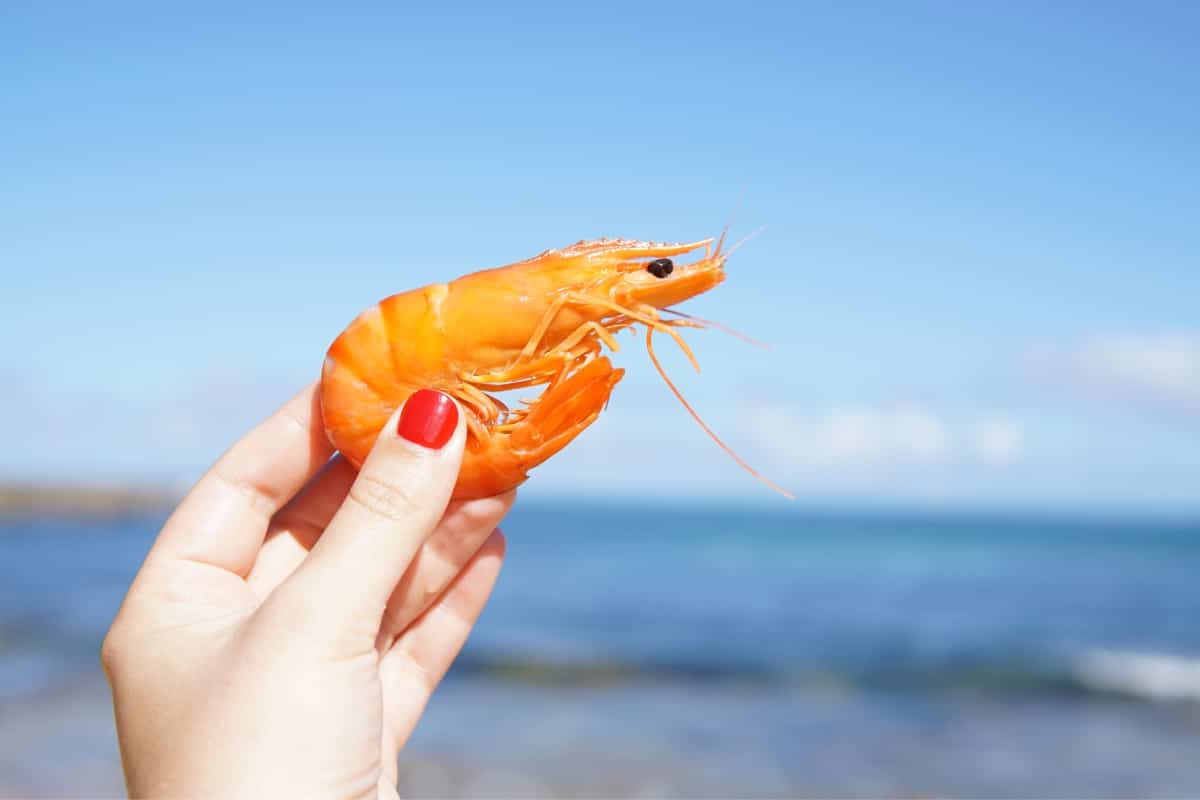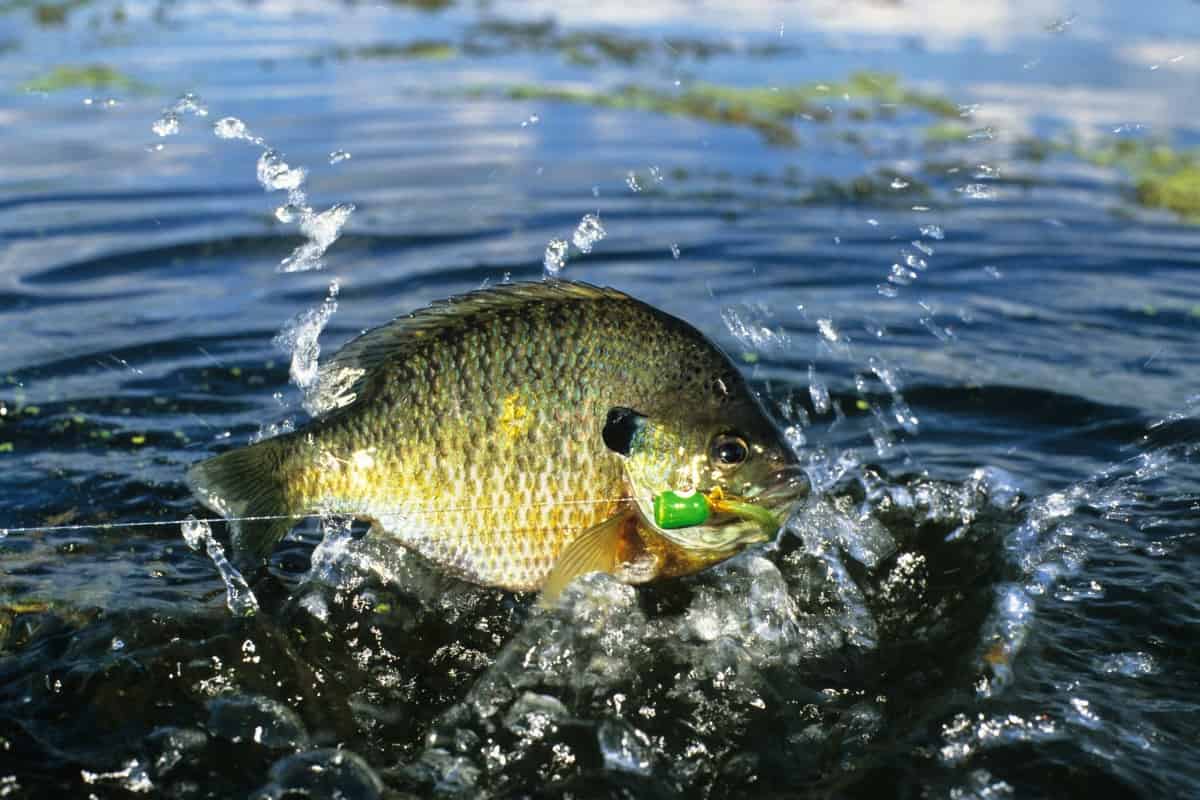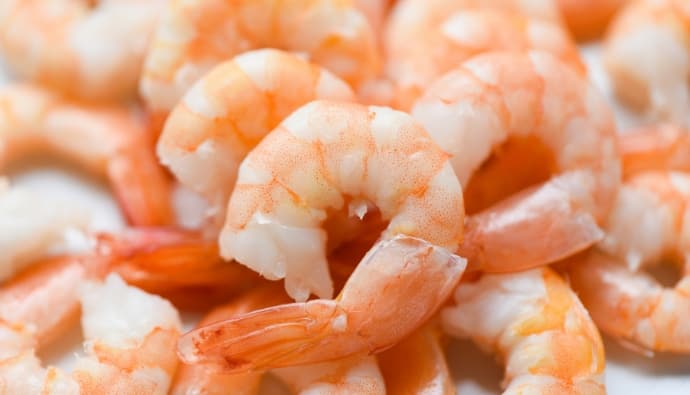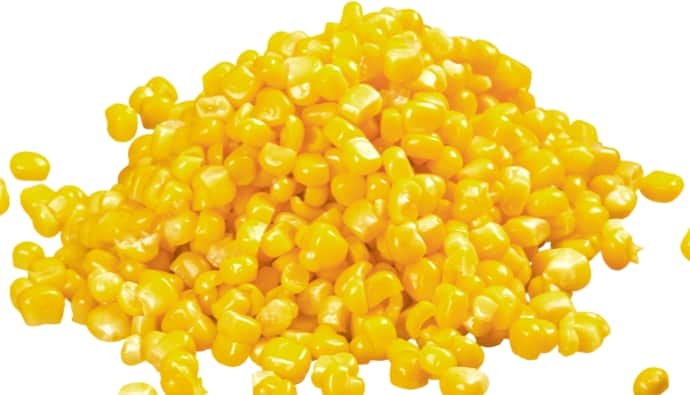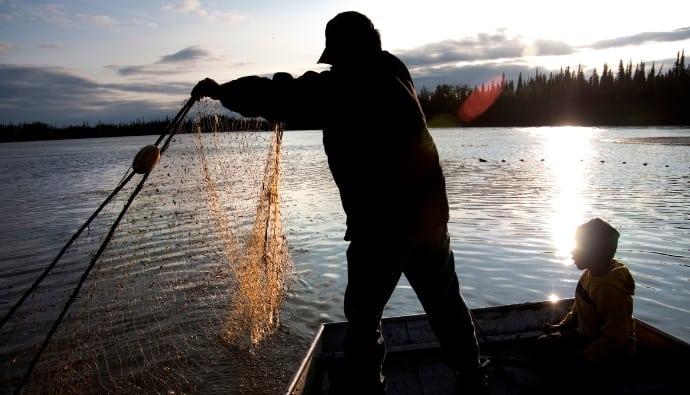Sand fleas (also known as sand crabs) are excellent bait for most fish species, including surf perch and various croakers.
Moreover, they are readily available all over the beach. You will find sand fleas in colonies in wet sand.
In this article, I will take you through a simple step-by-step guide on how to catch sand fleas.
How to Catch Sand Fleas
What you will require:
- A sand flea rake
- A bucket with a lid
Although a flea rake is ideal for this task, it’s most appropriate if you want to catch large numbers. However, if you are looking for small quantities, you only need your bare hands.
Here are four simple-to-follow steps and tips for catching sand fleas.
Step 1: Identify the Spot Where Sand Fleas May Be Buried
Mostly, you will find sand fleas in the wet sand near ocean waters. Seeing a group of them after a tide recedes from a sandy beach is possible.
If you search closely, you can see their antennae raised as they search for plankton. The antennae appear like a curvy “v” or a lower “m.” In addition, take note that whenever you notice a single sand flea, several will be in the same area.
Another important clue is that you will find sand fleas near the high-tide mark on sandy beaches. The night marks their most active time as they come out to forage for food.
Step 2: Carefully Approach the Sand Fleas
After spotting them, you must cautiously get closer to the spot. However, you must be cautious because sand flies and sand fleas can easily sense or see you approaching.
This is because they keep their eyes on stalks above the sand to see their surroundings. Consequently, make your movement as discreet as possible.
Sand flies are also fast in burying themselves in the sand. They will always react fast to evade any predator or fisherman who wants to feed them to a pompano.
Step 3: Wait Until the Ocean Waves Recede
As the wave washes away, sea fleas extend their feeding legs to catch food. Consequently, they get exposed on the beach sand, and you can easily catch them.
Step 4: Scoop Them Out of the Sand
If you are using your bare hands, scoop them into the wet sand about 8 inches deep. Put the sand you’ve scooped on a bucket lid, then slowly pick the sand fleas from the sand.
If you are using a rake, wait for the best tide to recede, then scoop the area where you saw the sand crabs immediately after the water washes back. Rinse the rake in the water to get rid of the sand as the sand fleas remain on the rake.
Transfer the sand flees into the bucket, and in case you don’t make use of all the sand fleas, you can freeze the rest for use later. Some people actually prefer frozen sand fleas to fresh ones, for they are easy to hook and handle.
Note: You can prevent the sand fleas from clumping together in the freezer by first freezing them in a flat tray for 30 minutes. After that, put them in a freezer bag inside your freezer.
The Best Time to Catch Sand Fleas
If you want to catch more sand fleas, the best time is at night. This is because darkness provides them with a cover against the preying eyes of predators. Consequently, they tend to come out in large numbers or colonies.
You may require a UV flashlight to help you illuminate the spots where the sand fleas are. This makes it easier to spot them.
The most appropriate time to catch them is when the sea wave is receding. As the wave recedes, you will find many of them trying to bury themselves back into the wet sand. At that time, you can fill your bucket with live bait easily.
Related Questions
If you are in the surf zone, you can catch sand fleas all year round. However, the best months in the Southeast Florida coast region are September through November.
As you walk along the shore, look down on the wet sand. You will probably see some “V” shaped waves. Sometimes they may look like a lowercase “m.” These shapes are for mole crabs trying to catch plankton.
To catch sand fleas at night, you will require a UV flashlight. You can easily purchase one from an online tackle store for about $30. A UV light will help to illuminate the spots where the sand fleas are, thus making it easy for you to catch them.
Conclusion
Catching sand fleas is a simple process. All you need are your hands or a flea rake. You will also need the know how to identify them, where to find them, and the most appropriate time.
If you are planning to go fishing, you need not buy frozen sand fleas. Identify a beach near you and go catch your sand fleas alive. That will give you live bait for your fishing.
If you live in a surf zone, getting sand fleas shouldn’t be a hassle. In addition, the exercise will take just a few minutes, and you will have great baits for your fishing. This way, you will have boosted your chances of catching more fish.

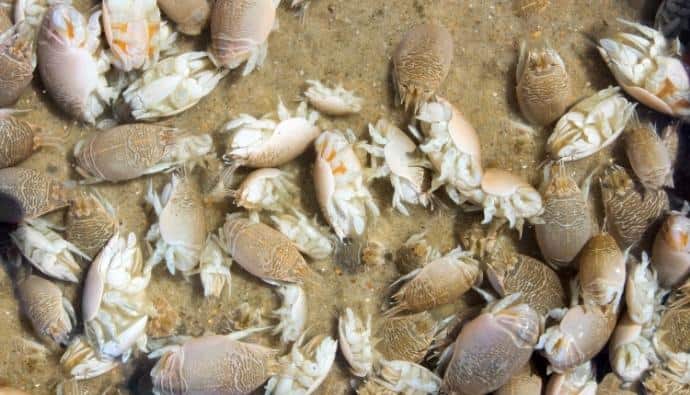


 Facebook
Facebook YouTube
YouTube